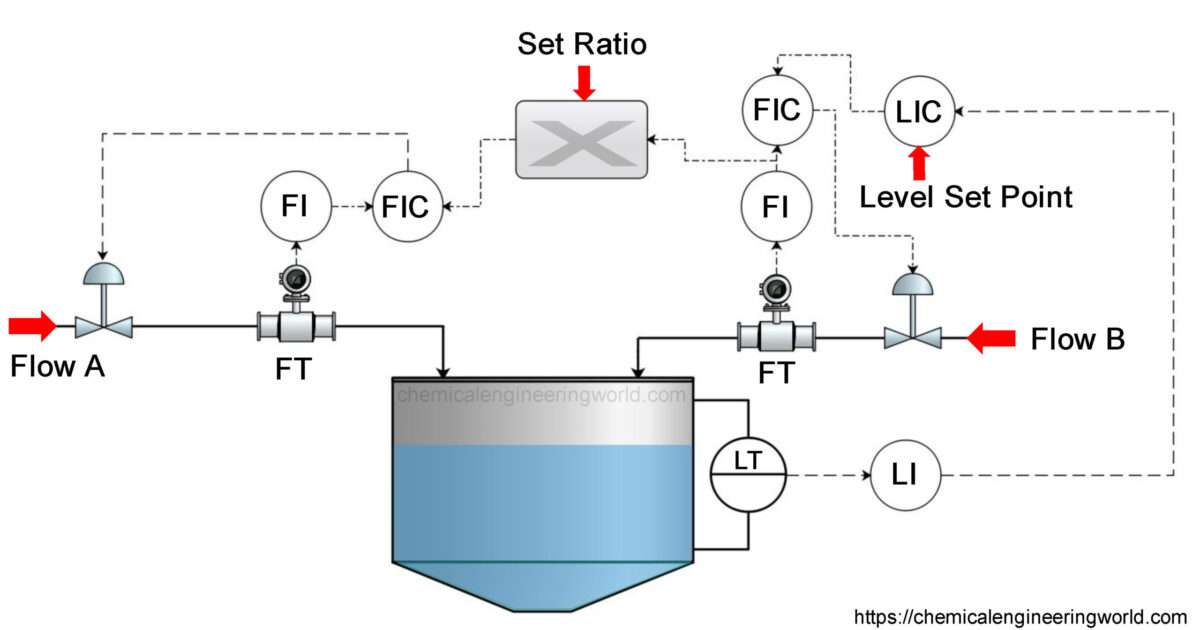Astatine Element Properties and Information

Astatine Element Properties and Information
Astatine is 85th element on the periodic table. Elements are arranged in the periodic table on the basis of the atomic number. Atomic number is the number of protons in the nucleus of the atom. Astatine has an atomic number of 85. It is located in the Group 17 and Period 6 of the periodic table of elements. It is denoted by the symbol ‘At’. The name comes from the Greek word ‘Astatos’ which means ‘Unstable’.
Horia Hulubei and Yvette Cauchois analysed some mineral samples in 1939 using a high-resolution X-ray apparatus and thought that they detected a new element but they didn’t investigate further. Walter Minder observed radioactivity of a certain radium sample and claimed that there was a new element; later he did chemical tests on the sample and found that the new element is chemically similar to iodine. Dale R. Corson, Kenneth Ross MacKenzie, and Emilio Segrè convincingly produced that new element, astatine, for the first time in 1840 by bombarding bismuth with alpha particles.
Astatine is the rarest among all naturally occurring elements. Only 30 grams of astatine is predicted to be present at any given time in entirety of Earth’s crust.
Physical Properties
- Astatine is a very radioactive substance which is the rarest among all naturally occurring elements.
- The atomic mass of astatine is (210).
- The melting point of astatine is 302°C.
- The estimated boiling point of astatine is 337°C.
- The density of astatine is still unknown
- Most of the physical properties of astatine have been derived using theoretical methods.
- Astatine is very sublime. Half of the astatine will vaporize in an hour if it is exposed to room temperature.
- The structure of astatine is unknown; it is predicted to have same structure as iodine: orthorhombic crystalline.
- There are 39 known isotopes of astatine as of yet and theoretical modeling suggests that there could be 37 more isotopes.
Chemical Properties
- The chemical properties of astatine have only been studied using tracer experiments.
- Astatine is the least reactive among all halogens.
- The anion formation property of astatine is similar to that of other halogen.
- Astatine is observed to form complexes with EDTA.
- The astatine compounds displaying an oxidation state of ‘+1’ are similar in properties to silver compounds displaying the same oxidation state.
- The organic chemistry properties of astatine are akin to iodine.
Methods of Production
Cyclotron: Alpha particles are collided with bismuth-209 in a cyclotron to produce astatine. Three isotopes of astatine can be produced depending on the energy of the particle accelerator: astatine-209, astatine-210, or astatine-211. In order to form astatine-211 in relative abundance, the maximum energy of the particle accelerator is kept above the energy required to produce astatine-211 and below the energy required to produce astatine-210.
Relevance in Chemical & Related Industries
Astatine has no industrial use.
Relevance in Other Industries
Medicine: Astatine-211 is an attractive option in nuclear medicine: when compared to iodine-131, the astatine-211 is observed to penetrate the tissues at a shallow depth. This is because iodine-131 emits the high-energy beta-particles and astatine-211 does not.
Health Effects on Exposure
Astatine is only used for research purposes and is handled using special equipments owing to its radioactive nature.
Effects on Environment
Astatine does not pose any threat to environment as it does not occur in significant amounts.
References:
https://en.wikipedia.org/wiki/Astatine
































